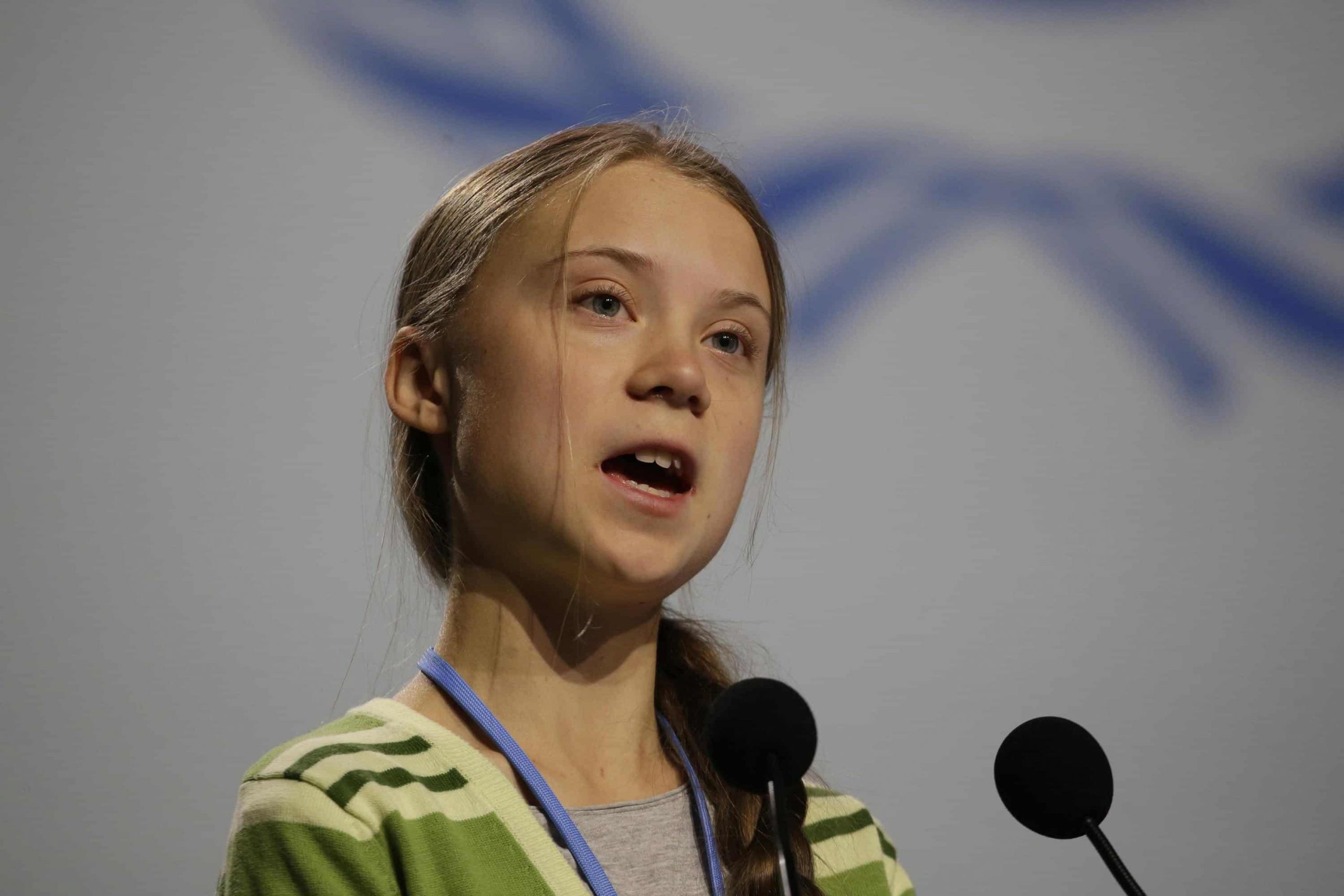
Credit;PA
Greta Thunberg has been named one of this year’s ten people who “mattered in science” by prestigious journal Nature.
The 16 year old climate change activist is hailed alongside a neurologist who brought pigs’ brains back to life and a palaeontologist who shook up humanity’s family tree.
The world famous British magazine, which celebrated its 150th anniversary this year, says the Swedish youngster “channelled her generation’s rage”.
She had “outshone” scientists who couldn’t “galvanise global attention” the way she did and “many are cheering her along.”
Climate scientist Professor Sonia Seneviratne, said: “Some may wonder why a teenage girl should get more credit and attention for publicly lamenting a well known dilemma than most climate researchers get for years of hard work and effort.”
But Thunberg is candid and her outrage unvarnished – and that is a powerful cocktail, she said.
Prof Seneviratne, of the Swiss Federal Institute of Technology, Zurich, said: “As scientists, we normally don’t dare to express the truth in such heartfelt simplicity.”
What she has achieved should motivate climate researchers to carry on with their science despite slow political action, she added.
Angela Ledford Anderson, director of the Climate and Energy programme at the Union of Concerned Scientists in Washington DC, said: “Greta has inspired scientists along with activists and policymakers.”
But her biggest influence may be on the next generation, inspiring many to become scientists themselves, she added.
Others on the annual list included Professor Nenad Sestan whose US lab challenged thinking about the border between life and death by reviving the brains of pigs that had died hours earlier.
Another was Ethiopian palaeontologist Dr Yohannes Haile-Selassie for his discovery of a remarkably preserved 3.8-million-year old skull from Australopithecus anamensis – the oldest and most elusive human relative.
Nature’s chief features editor Rich Monastersky said: “Our list explores some of the year’s most important moments in science by highlighting people who had key roles in those events.
“These stories range from the first demonstration of a quantum computer outperforming a conventional machine to efforts to combat climate change, deforestation and an Ebola epidemic in Africa.”
*Brazilian physicist Ricardo Galvao who captured global attention when he challenged President Jair Bolsonaro for undermining a report of sharply rising deforestation rates in the Amazon.
*Ecologist Sandra Diaz co-chaired a panel of 145 experts that produced the most authoritative assessment yet of Earth’s biodiversity and reported that one million species are headed toward extinction.
*Astrophysicist Victoria Kaspi helped give a unique telescope in Canada the ability to collect the best data yet on fast radio bursts, mysterious flashes of radiation in the sky.
*Microbiologist Jean-Jacques Muyembe Tamfum who is leading his country’s efforts In the Democratic Republic of the Congo to fight the ongoing Ebola epidemic that has killed more than 2,200 people.
*Stem-cell biologist Hongkui Deng who became the first to publish the results of a clinical trial using CRISPR gene-editing technology to modify cells in an adult human being.
*Physicist John Martinis who passed a long-anticipated milestone when he reported his team’s quantum computer could carry out a calculation faster than the best conventional computer.
*Ethicist Wendy Rogers who revealed evidence that some organ transplants in China might have proceeded without the consent of the donors.
Added Mr Monastersky: “Nature’s 10 is not an award or a list of the most important people in science.
“Rather, the stories of these ten people illuminate some of the most significant scientific events of 2019 across a range of issues spanning from our deep origins to the future of the world.”